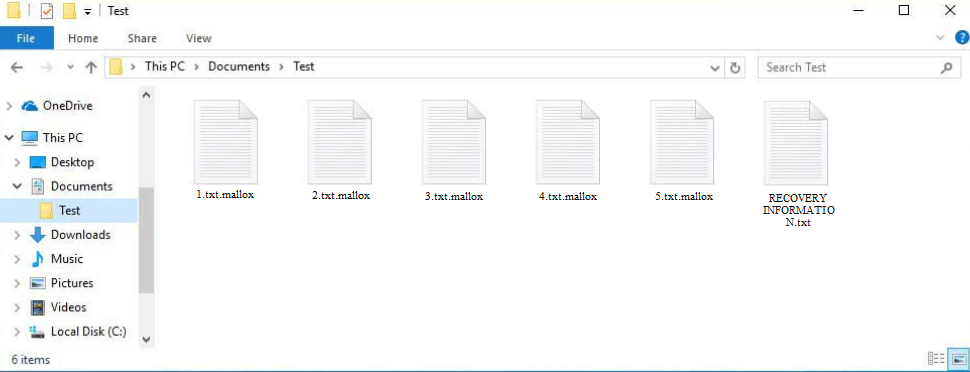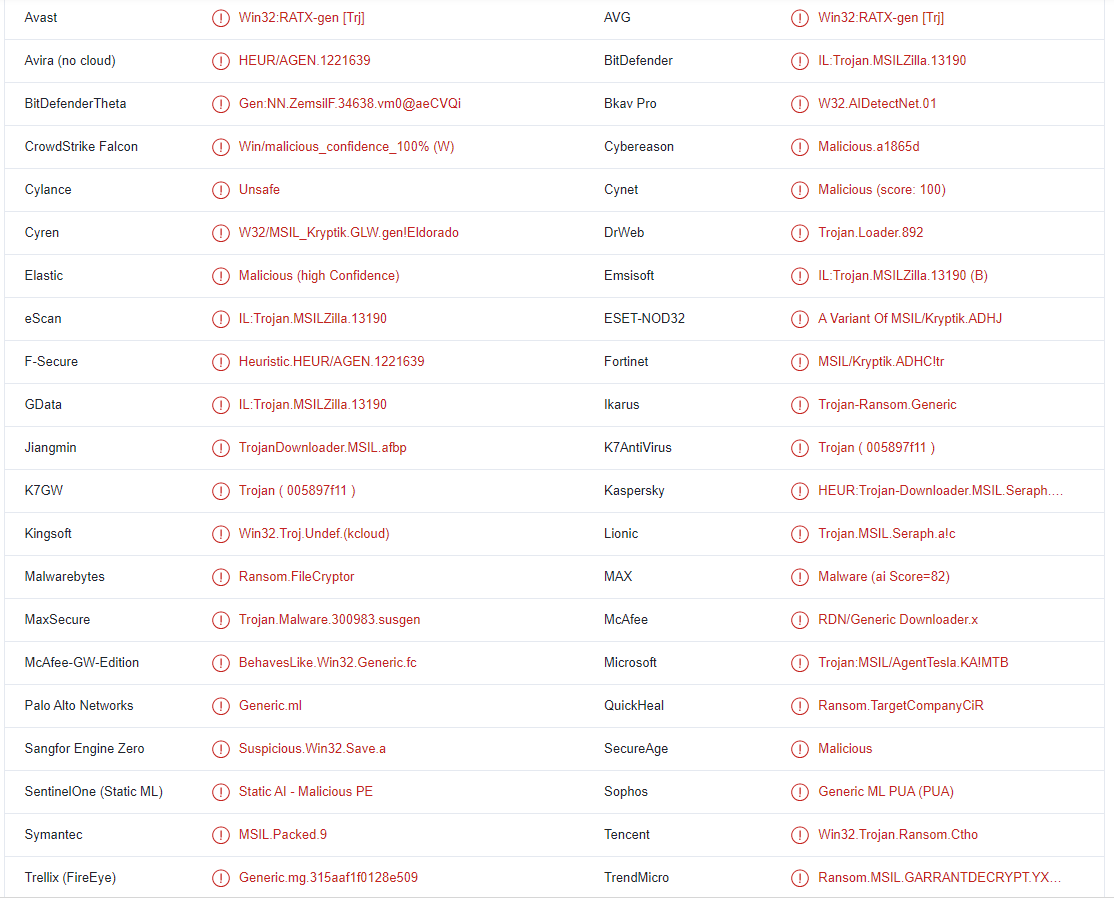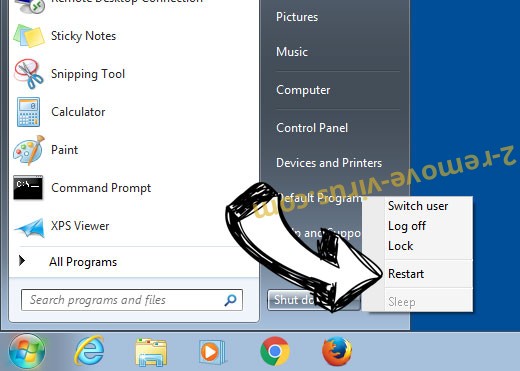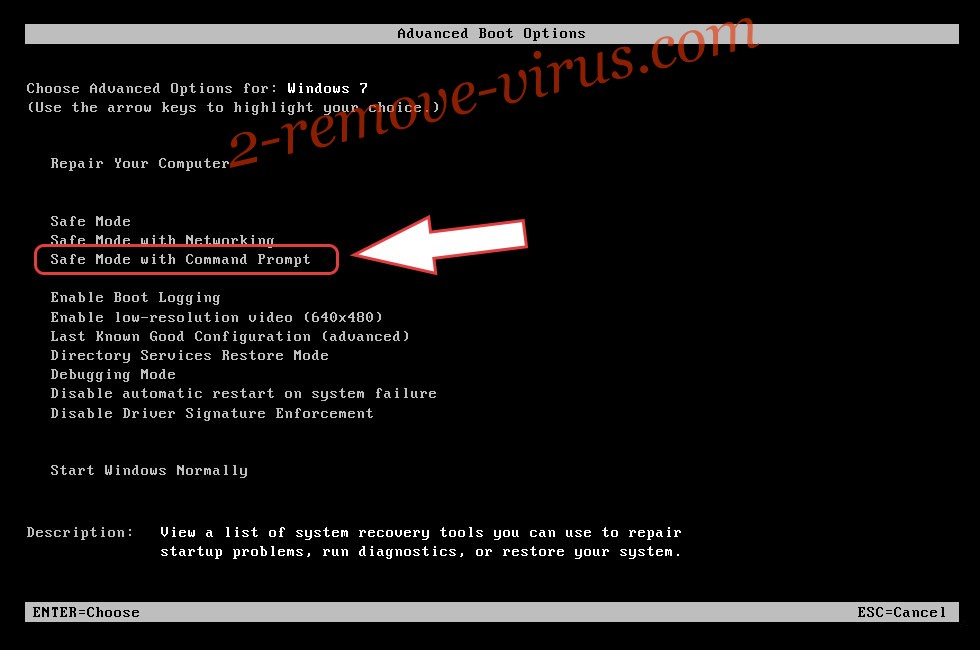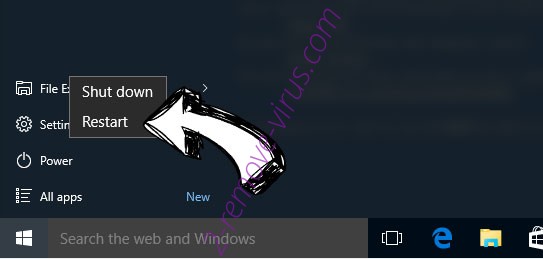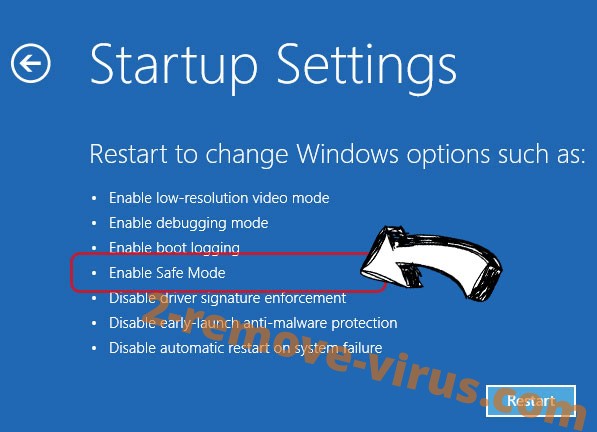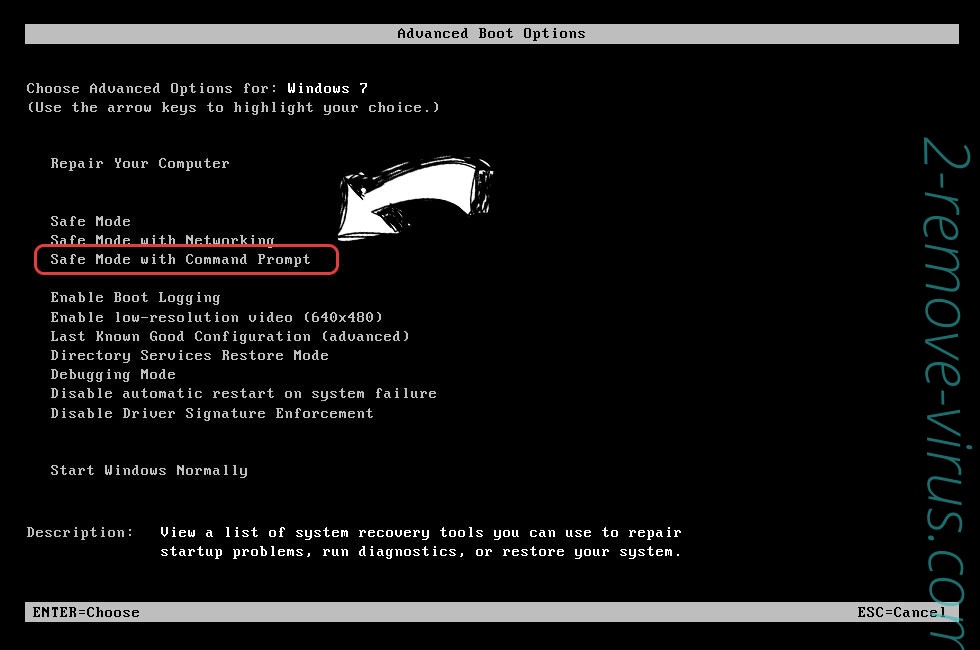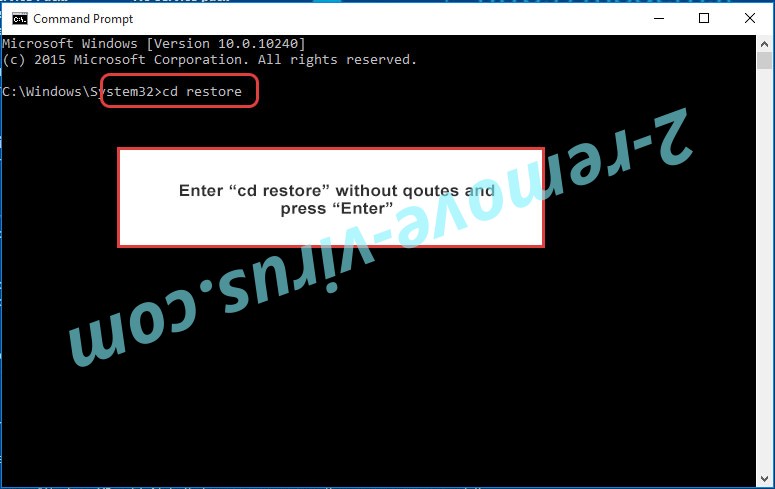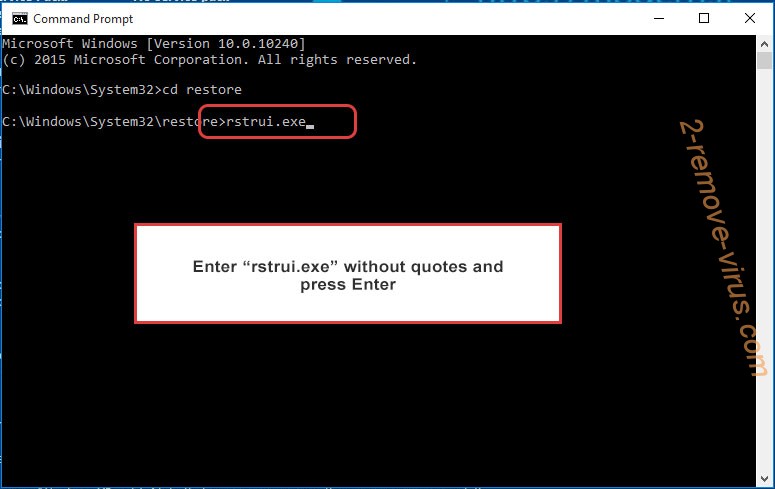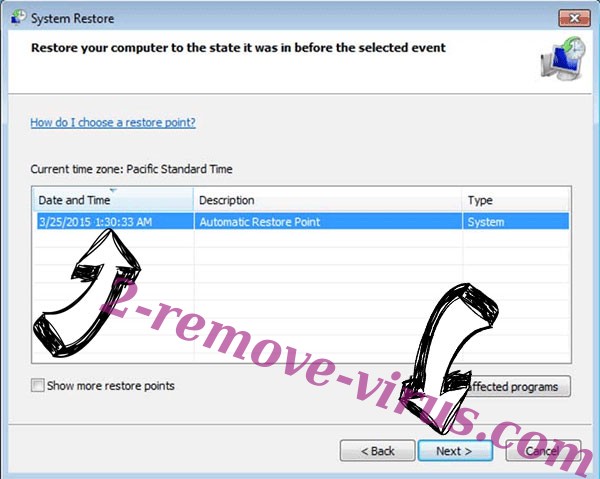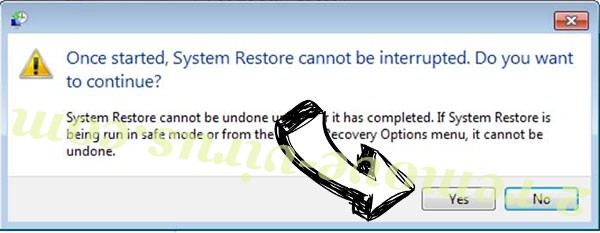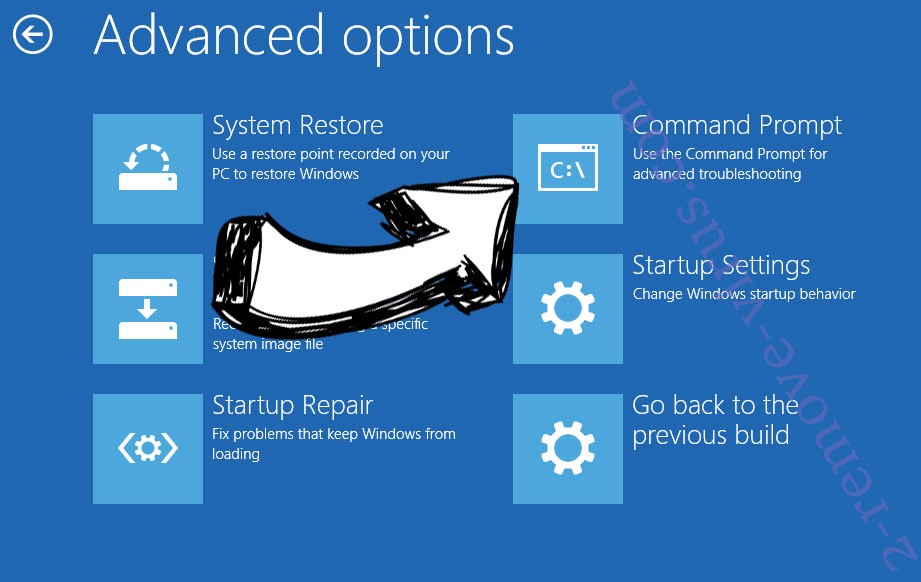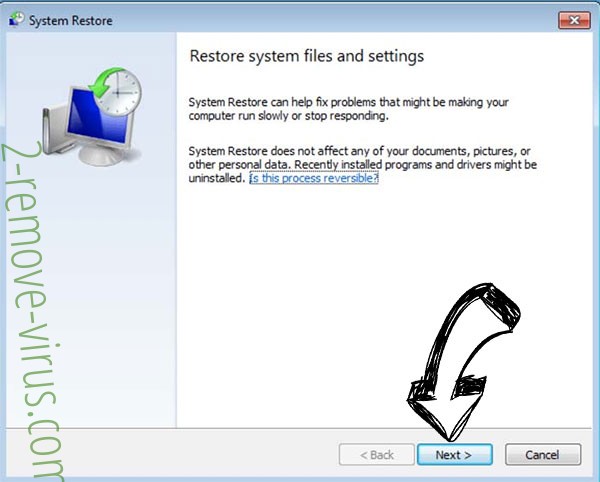Mallox ransomware is a file-encrypting malware infection that will essentially take your files hostage. It’s a very dangerous computer infection because once files are encrypted, you will not be able to open them unless you first use a decryptor on them. And getting the decryptor will not be easy because only cybercriminals have it. The decryptor price is not mentioned in the price and would be revealed when victims contact cyber criminals.
As soon as the malware is initiated, it will immediately begin encrypting files. Photos, videos, documents, and other personal files will be the main targets. The .mallox extension will be appended to each encrypted file. An encrypted text.txt file, for instance, would become text.txt.mallox. A RECOVERY INFORMATION.txt ransom note would also be dropped by the ransomware.
How you can acquire the decryptor is explained in the ransom note. Unfortunately, you are asked to pay a ransom. The sum is not mentioned and could differ depending on who the victim is. Whatever the price may be, keep in mind that there are no guarantees that a decryptor would actually be sent to you. You are dealing with cybercriminals, and there’s nothing obligating them to help you.
At the moment, there is no free Mallox ransomware decryptor available that would result in file recovery without a backup. Malware researchers occasionally succeed in creating free decryptors, but it’s not always possible. If a decryptor is ever released, it would appear on NoMoreRansom.
As soon as you remove the Mallox ransomware from your computer, you may begin restoring your files from your backup. Because manual Mallox ransomware removal would be difficult, it is highly recommended that you use a reliable anti-virus program.
YOUR FILES ARE ENCRYPTED !!!
TO DECRYPT, FOLLOW THE INSTRUCTIONS:
To recover data you need decrypt tool.
To get the decrypt tool you should:
1.In the letter include your personal ID! Send me this ID in your first email to me!
2.We can give you free test for decrypt few files (NOT VALUE) and assign the price for decryption all files!
3.After we send you instruction how to pay for decrypt tool and after payment you will receive a decryption tool!
4.We can decrypt few files in quality the evidence that we have the decoder.CONTACT US:
mallox.israel@mailfence.com
mallox@tutanota.comYOUR PERSONAL ID:
Ways ransomware enters computers
A computer can become infected with malware in several different ways. Email attachments, torrents, downloads from dubious sources, etc. are some of the most common ways users encounter malware. To put it simply, it occurs as a result of users’ poor browsing habits. If you wish to prevent future malware infections, it’s highly advised that you develop better browsing habits.
One of the most common ways for malware to enter computers is through users opening malicious email attachments. Even though they are frequently done extremely poorly, malicious emails are often disguised to appear as though they are sent by legitimate senders. But such emails usually contain numerous grammar and spelling mistakes, which is a dead giveaway. Malicious actors typically have very weak English skills, which results in mistakes in their malicious email campaigns. Legitimate emails rarely contain mistakes because they look unprofessional.
An email may also be malicious if it addresses you as “User”, “Member”, or “Customer.” You will always be addressed by name in correspondence from companies whose services you use. Therefore, you may be dealing with a malicious email if the sender uses generic language to address you even though they should know your name.
You can also determine whether an email is malicious by looking up the sender’s email address. If you receive an email requesting that you take a specific action (such as clicking a link or opening an attachment), carefully check the sender’s email address. The email is likely malicious if the address seems random. However, an email address can sometimes seem very legitimate, so you should research it before engaging with an email.
It’s also worth mentioning that some malicious campaigns can be more sophisticated. However, that only happens when malicious actors target a specific person. The malicious actors may be able to improve the malicious email if they are able to acquire some of the target’s personal data. Such an email would be error-free, use names to address recipients, and even provide information that would increase its credibility. Therefore, it is advised to check all unsolicited email attachments for malware using VirusTotal or anti-virus software before opening them.
Last but not least, you likely already know that malware is frequently distributed through torrents. Because torrent sites are typically poorly moderated, malicious actors can post torrents containing malware. Torrents for content related to entertainment are where malware is most frequently discovered. For instance, malware is regularly found in torrents for movies, TV shows, and video games. If you use torrents frequently, you run the risk of downloading dangerous software on your computer. Additionally, torrenting copyrighted material is essentially stealing.
How to delete Mallox ransomware
Because you run the risk of damaging your computer, we do not advise attempting to manually remove Mallox ransomware. If you don’t use a good anti-virus program to delete Mallox ransomware, it might not be fully gone and recover later on. If you attempted to connect to your backup while the ransomware was still active, the files in your backup would also get encrypted.
File recovery may be exceedingly difficult, if not impossible, without a backup. Backup is currently the sole free method of recovering files that have been encrypted by the Mallox ransomware. You can wait until a free Mallox ransomware decryptor is made available if you don’t have a backup. However, when that will happen is uncertain. We suggest that you regularly check NoMoreRansom for a decryptor and back up the encrypted files.
Mallox ransomware is detected as:
- Win32:RATX-gen [Trj] by Avast/AVG
- Ransom.FileCryptor by Malwarebytes
- IL:Trojan.MSILZilla.13190 by BitDefender
- A Variant Of MSIL/Kryptik.ADHJ by ESET
- HEUR:Trojan-Downloader.MSIL.Seraph.gen by Kaspersky
- RDN/Generic Downloader.x by McAfee
- Trojan:MSIL/AgentTesla.KA!MTB by Microsoft
- Ransom.MSIL.GARRANTDECRYPT.YXC by TrendMicro
Quick Menu
Step 1. Delete Mallox ransomware using Safe Mode with Networking.
Remove Mallox ransomware from Windows 7/Windows Vista/Windows XP
- Click on Start and select Shutdown.
- Choose Restart and click OK.

- Start tapping F8 when your PC starts loading.
- Under Advanced Boot Options, choose Safe Mode with Networking.

- Open your browser and download the anti-malware utility.
- Use the utility to remove Mallox ransomware
Remove Mallox ransomware from Windows 8/Windows 10
- On the Windows login screen, press the Power button.
- Tap and hold Shift and select Restart.

- Go to Troubleshoot → Advanced options → Start Settings.
- Choose Enable Safe Mode or Safe Mode with Networking under Startup Settings.

- Click Restart.
- Open your web browser and download the malware remover.
- Use the software to delete Mallox ransomware
Step 2. Restore Your Files using System Restore
Delete Mallox ransomware from Windows 7/Windows Vista/Windows XP
- Click Start and choose Shutdown.
- Select Restart and OK

- When your PC starts loading, press F8 repeatedly to open Advanced Boot Options
- Choose Command Prompt from the list.

- Type in cd restore and tap Enter.

- Type in rstrui.exe and press Enter.

- Click Next in the new window and select the restore point prior to the infection.

- Click Next again and click Yes to begin the system restore.

Delete Mallox ransomware from Windows 8/Windows 10
- Click the Power button on the Windows login screen.
- Press and hold Shift and click Restart.

- Choose Troubleshoot and go to Advanced options.
- Select Command Prompt and click Restart.

- In Command Prompt, input cd restore and tap Enter.

- Type in rstrui.exe and tap Enter again.

- Click Next in the new System Restore window.

- Choose the restore point prior to the infection.

- Click Next and then click Yes to restore your system.

Offers
Download Removal Toolto scan for Mallox ransomwareUse our recommended removal tool to scan for Mallox ransomware. Trial version of provides detection of computer threats like Mallox ransomware and assists in its removal for FREE. You can delete detected registry entries, files and processes yourself or purchase a full version.
More information about SpyWarrior and Uninstall Instructions. Please review SpyWarrior EULA and Privacy Policy. SpyWarrior scanner is free. If it detects a malware, purchase its full version to remove it.

WiperSoft Review Details WiperSoft (www.wipersoft.com) is a security tool that provides real-time security from potential threats. Nowadays, many users tend to download free software from the Intern ...
Download|more


Is MacKeeper a virus? MacKeeper is not a virus, nor is it a scam. While there are various opinions about the program on the Internet, a lot of the people who so notoriously hate the program have neve ...
Download|more


While the creators of MalwareBytes anti-malware have not been in this business for long time, they make up for it with their enthusiastic approach. Statistic from such websites like CNET shows that th ...
Download|more
Site Disclaimer
2-remove-virus.com is not sponsored, owned, affiliated, or linked to malware developers or distributors that are referenced in this article. The article does not promote or endorse any type of malware. We aim at providing useful information that will help computer users to detect and eliminate the unwanted malicious programs from their computers. This can be done manually by following the instructions presented in the article or automatically by implementing the suggested anti-malware tools.
The article is only meant to be used for educational purposes. If you follow the instructions given in the article, you agree to be contracted by the disclaimer. We do not guarantee that the artcile will present you with a solution that removes the malign threats completely. Malware changes constantly, which is why, in some cases, it may be difficult to clean the computer fully by using only the manual removal instructions.
